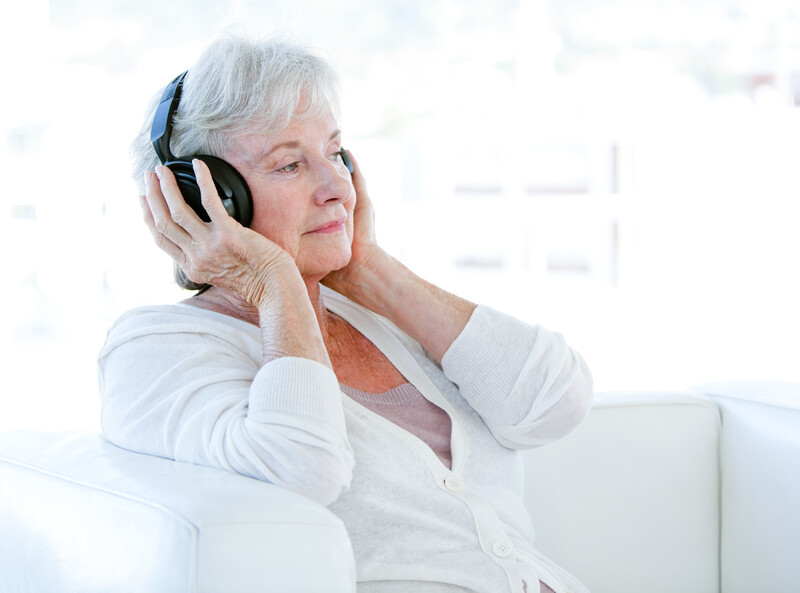
Millions of people around the country suffer from chronic pain. Adults have more control over how their pain will be managed, especially when it comes to being in the workforce. They can take matters into their own hands regarding treatment options and when they feel they need them. But what happens to adolescents who have chronic pain when it comes time to going to school? That’s what researchers set out to learn more about.
In the April 2020 issue of the Journal of Advanced Nursing
Researchers published their findings from a study that looked at how adolescents with chronic pain manage it at school (1). For the study, they conducted a search of past studies that had been done on the topic. They found 14 published studies that fit the criteria they were looking for. They used data from the study to analyze how adolescents with chronic pain are doing at school and how well schools are prepared to help the students.
What they found from their research is that most studies showed that chronic pain has a significant negative influence on adolescents.
This is true for most of them when it comes to their:
- school attendance
- how well they perform academically
- their academic competence
- their engagement in physical activities.
They also found that the chronic pain had negatively impacted their social functioning.
While most of the studies showed that chronic pain had a negative impact on adolescents at school, there was some conflicting information. There were some studies that reported that adolescents with chronic pain were not impacted socially, and that they actually did better than their peers.
One area of concern for the researchers, as well as for those who may have an adolescent who suffers from chronic pain, is how well schools are prepared to help with management. Researchers found that schools do not have the guidelines in place to help adolescents with their chronic pain management. They advise that there needs to be written policies in place for addressing the issue. Those guidelines should help teachers with the pain management protocols during school.
This study highlights important information for parents and schools. There’s a good chance that most adolescents with chronic pain may have difficulty in school, including academically and socially. Also, it’s a good idea for parents to speak with their teacher or counselor to ensure that there is a guideline in place to help their child with pain management while they are in school.
Being proactive in ensuring measures are in place will go a long way toward helping adolescents through chronic pain management while at school.
Source:
- Journal of Advanced Nursing. A systematic review of the impact of chronic pain on adolescents’ school functioning and school personnel responses to managing pain in the schools. April 2020. https://www.ncbi.nlm.nih.gov/pubmed/32347556







